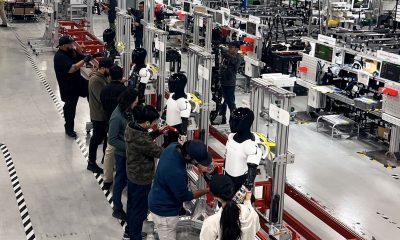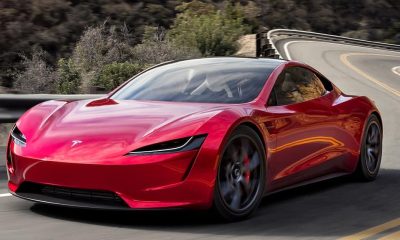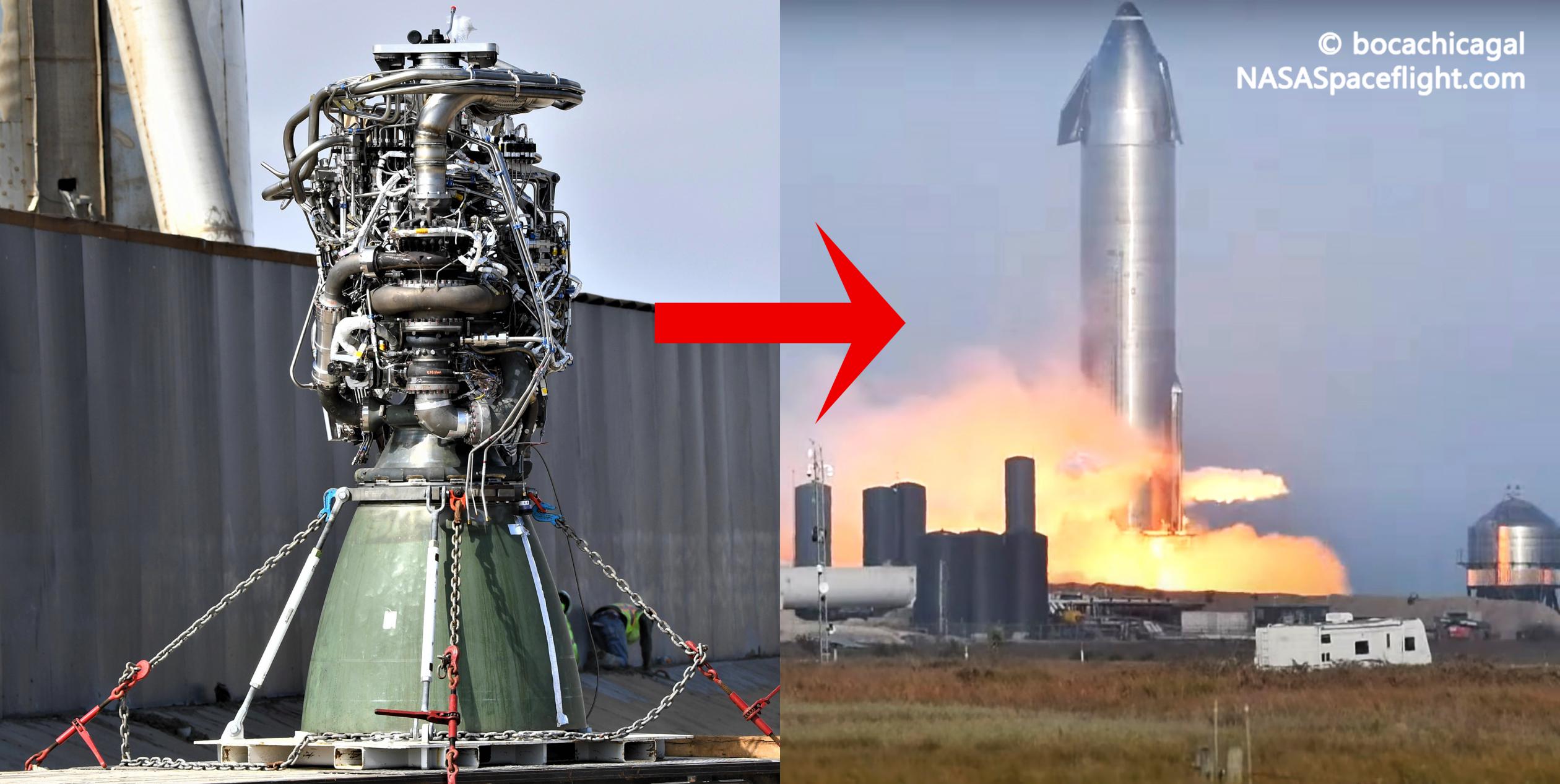
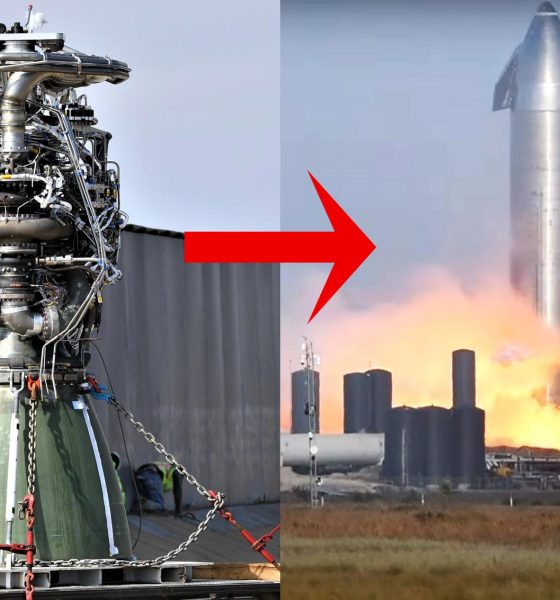
News
SpaceX swaps “suspect” Starship engine in record time
SpaceX has reportedly swapped a “suspect” Raptor engine installed on Starship serial number 10 (SN10) in record time, setting the company up for what appeared to be an excellent static fire just 48 hours after the first test.
In a February 24th tweet, CEO Elon Musk told followers that “one of [SN10’s three Raptor] engines is suspect, so we’re swapping it out.” Engine swap-outs have been a regular procedure for SpaceX’s Starship team as the company continually pushes the envelope of both Starship and Raptor prototype fidelity and implement major design changes and upgrades. Of the five Starship prototypes (including Starhopper) with intentional flights under their belts, all required at least one engine replacement before being cleared to launch.
Within ~18 hours of Tuesday’s “suspect” Starship SN10 static fire, SpaceX dispatched a replacement Raptor down the road from a nearby storage site. Within ~12 hours, the faulty engine had been removed and a backup engine installed in its place. Another ~12 hours after that, SpaceX teams cleared the launch pad for Starship SN10 to attempt a second static fire and (hopefully) qualify the rocket for flight.
Starship SN10 – set to be the sixth prototype to fly – is now part of that elite but buggy group of flightworthy test articles. For the most part, that bugginess is all according to plan: SpaceX’s ability to move and react with extreme speed is what allows the company to make such rapid progress and begin test flights as early in the development process as it does. That speed of action includes responding to the inevitable bugs that crop up while testing cutting-edge rocket prototypes.
Case in point, after Tuesday’s 5pm CST static fire, it took SpaceX less than 48 hours to pore through the test’s data, conclude that one of SN10’s three Raptor engines was “suspect,” select a replacement engine, remove the faulty engine, install that replacement, and fire up Starship SN10 a second time. Even SpaceX’s world-class reusable Falcon rockets would have a hard time challenging that engine swap turnaround. Taking a broader look at the lay of the land, NASA’s SLS rocket booster – outfitted with four former Space Shuttle engines – will reportedly require more than three weeks for teams to swap out a faulty valve in one of those four engines.
The first SLS Core Stage suffered an early abort during its first static fire test in mid January. As of publishing, NASA is now working towards a second static fire attempt in mid March – two full months later. By all appearances, SpaceX turned Starship SN10 around in 48 hours, performing what looked like a full-duration, nominal three-engine static fire on February 25th. Unlike February 23rd’s static fire, Starship exhibited no signs of an abort immediately after the test, whereas SN10 began large depressurization venting the second its Raptors shut down on Tuesday.
Unfortunately, everything will remain uncertain until SpaceX official confirms its plans, but Starship SN10 should be fully cleared for a launch attempt as early as Monday, March 1st if a data review of its Thursday static fire raises no red flags. Stay tuned for updates as SpaceX prepares to find out if the third time really is the charm.
News
Tesla launches another new Model Y trim at a bargain price with massive range
It is the second most-affordable Model Y trim level in China, trailing the base Rear-Wheel-Drive and coming in under the All-Wheel-Drive.
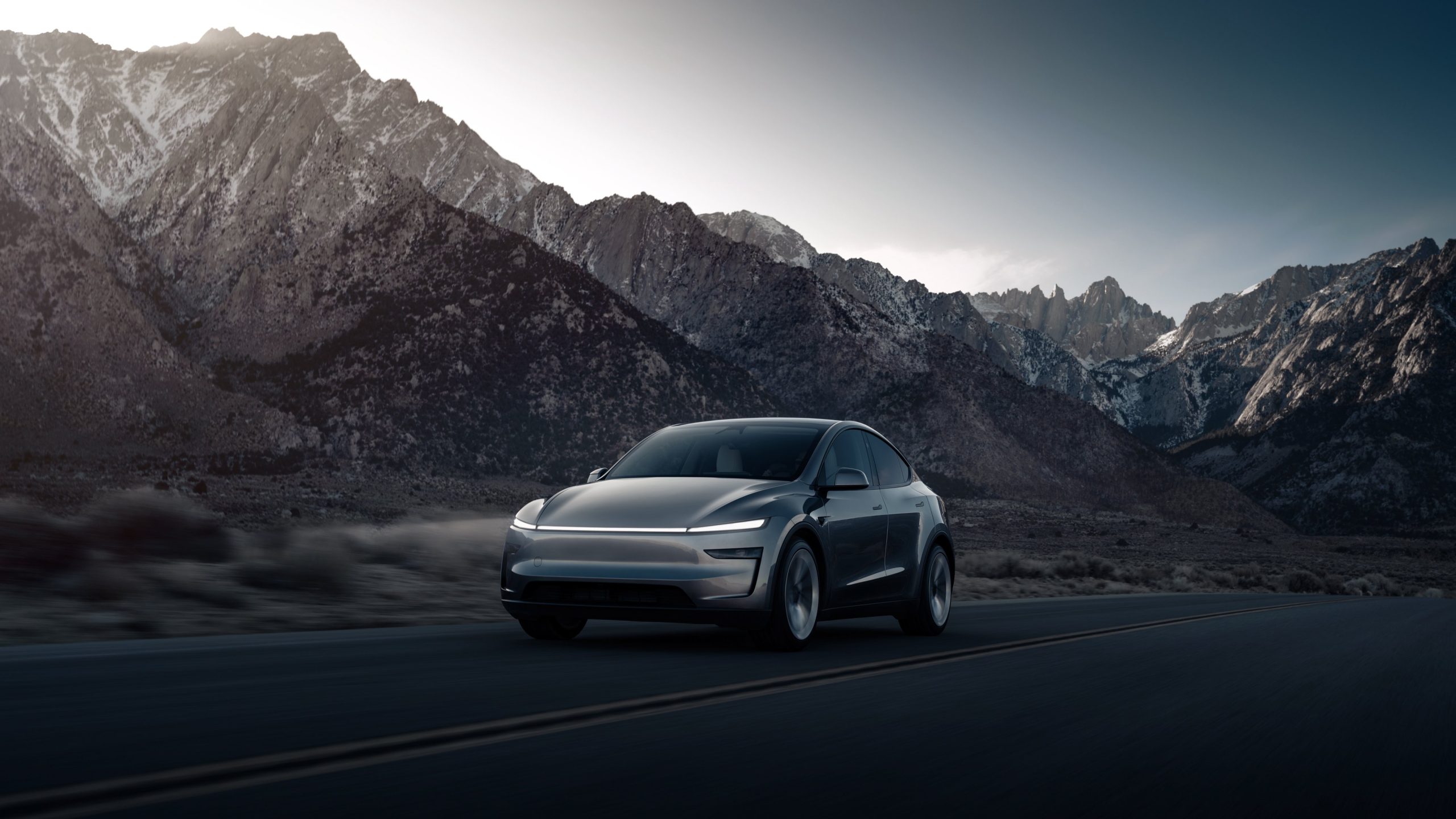
Tesla has launched yet another new Model Y trim level, but this time it is in China, and it is at a bargain price.
It also has an insane range rating.
On Friday, Tesla launched the new Model Y Long Range Rear-Wheel-Drive in China, priced at 288,500 yuan ($40,500), an incredible deal considering it is not a stripped-down version of the vehicle like the Model Y Standard.
🚨🚨 Tesla’s new China-launched Model Y LR RWD offers 821 km (510 miles) CLTC range with 78.4 kWh CATL battery, beating AWD’s 750 km.
At 288,500 yuan ($40,500 USD), it fits between base RWD (593 km, 263,500 yuan) and AWD (313,500 yuan) for affordable long-range EVs.
CLTC… https://t.co/rhKVzvUWlu pic.twitter.com/ZOoelziJ8T
— TESLARATI (@Teslarati) November 8, 2025
It is the second most-affordable Model Y trim level in China, trailing the base Rear-Wheel-Drive and coming in under the All-Wheel-Drive.
The big appeal with this new Model Y trim is obviously its price, but its range rating is also one of the best we’ve seen. Rated at 821 kilometers on the CLTC scale, it converts to 510 miles. It uses a 78.4 kWh CATL battery.
Converted to real-world range, however, that 821-kilometer range rated by the CLTC actually is equivalent to about 357 miles on the EPA scale, which is still a very respectable number and comes in at a higher range than the Long Range All-Wheel-Drive configuration that is available in the U.S.
Tesla has truly brought a wide variety of Model Y trims to the Chinese market, including a new Model Y L configuration that features a slightly longer wheelbase, as well as additional interior features like extended thigh legrests and captain’s chairs with armrests.
It is unclear whether Tesla will bring a Premium Rear-Wheel-Drive option of the Model Y to the U.S., especially as it has already rolled out four configurations of the all-electric crossover in the market. With the new Standard offerings, Tesla will likely keep its lineup as simple as possible.
However, the company has hinted that there is a slim possibility the Model Y L could come to the U.S. sometime late next year, but CEO Elon Musk said that it is not a guarantee.
Tesla is more concerned with self-driving efforts in the U.S., and despite calls from customers for larger vehicles, it does not seem concerned with making them available, at least not for now.
News
Tesla Model Y Performance set for new market entrance in Q1
The lightning-fast trim level of the all-electric crossover packs a variety of new improvements, including more range and better acceleration, thanks to aerodynamic improvements and other performance-based changes.
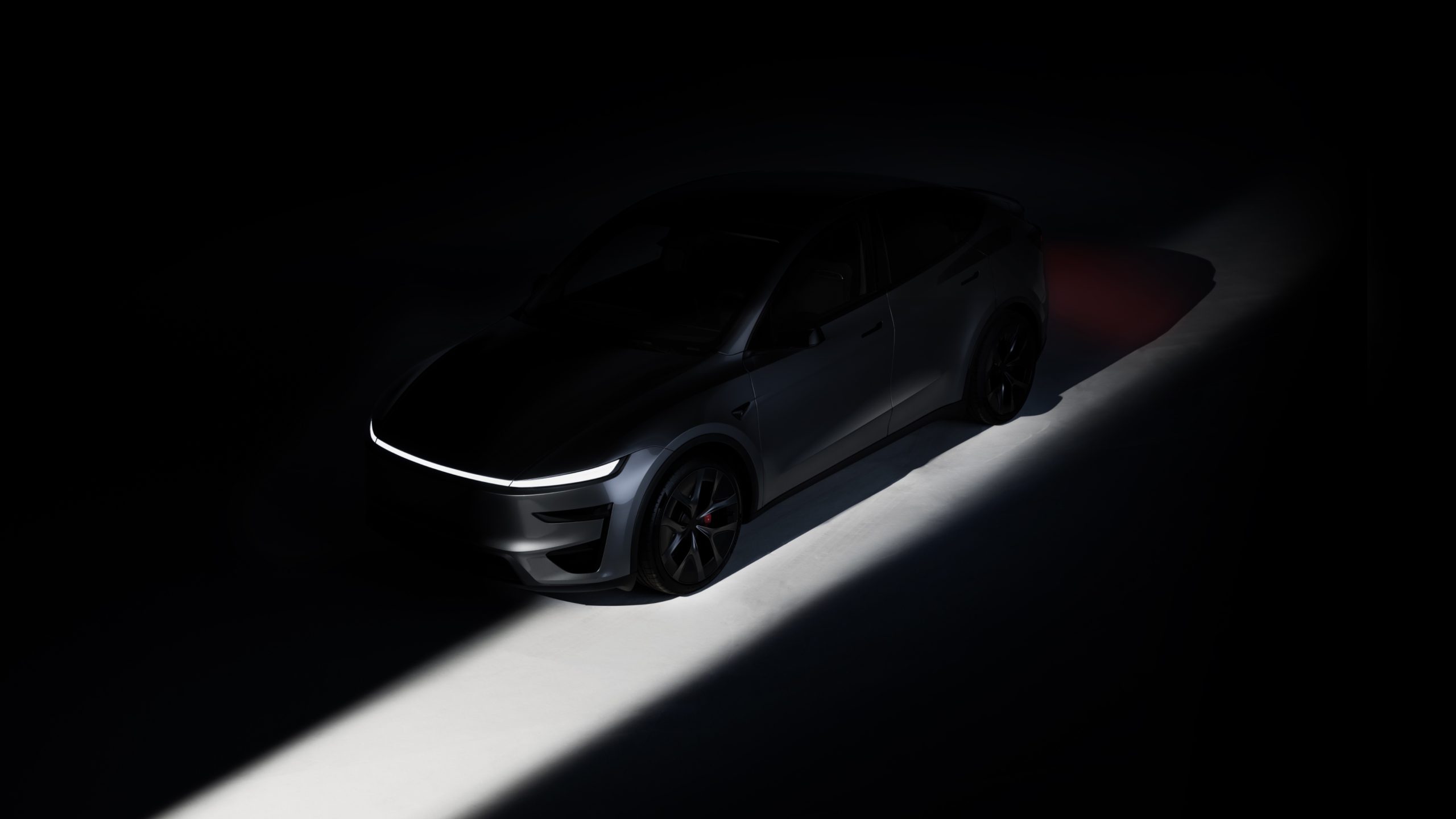
Tesla’s new Model Y Performance is set to arrive in a new market in Q1 2026, a company executive confirmed on Friday.
The lightning-fast trim level of the all-electric crossover packs a variety of new improvements, including more range and better acceleration, thanks to aerodynamic improvements and other performance-based changes.
It was initially launched in Europe, and then it made its way to the United States. However, it will soon be available in a new market: Canada.
Raj Jegannathan, a Tesla executive, confirmed on Friday that the company would be bringing its Performance trim of the Model Y to the Canadian market early next year:
Q1
— Raj Jegannathan (@r_jegaa) November 8, 2025
Interestingly, the Model Y Performances that enter the Canadian market will likely come from Gigafactory Berlin and not Gigafactory Texas, even though it is logistically more advantageous.
There is a 25 percent tariff on U.S.-built vehicles currently, and Tesla has been sending Germany-built Model Y vehicles to Canada to avoid this and keep prices reasonable for customers.
Some Model Y owners in Canada have already confirmed that their units came from the German production facility, not the United States.
Model Y Performance deliveries have not yet started in the United States, but are slated for late November or early December.
Tesla refined the Model Y Performance’s exterior design with new front and rear fascia designs, a new performance carbon spoiler, 21″ Arachnid wheels and tires, and adaptive damping to help with better handling.
There are also new Drive Modes for better control during high-speed driving.
It also packs the same improvements as the new Model Y features over its predecessors, including acoustic glass and premium sound-damping materials for a quieter cabin, and heated and ventilated front sport seats.
In the United States, it is priced at $57,490. It will very likely be higher in Canada due to logistics costs and other factors.
News
Tesla shares rare peek at Semi factory’s interior
The new video of the Tesla Semi factory was posted by the official Tesla account on X.
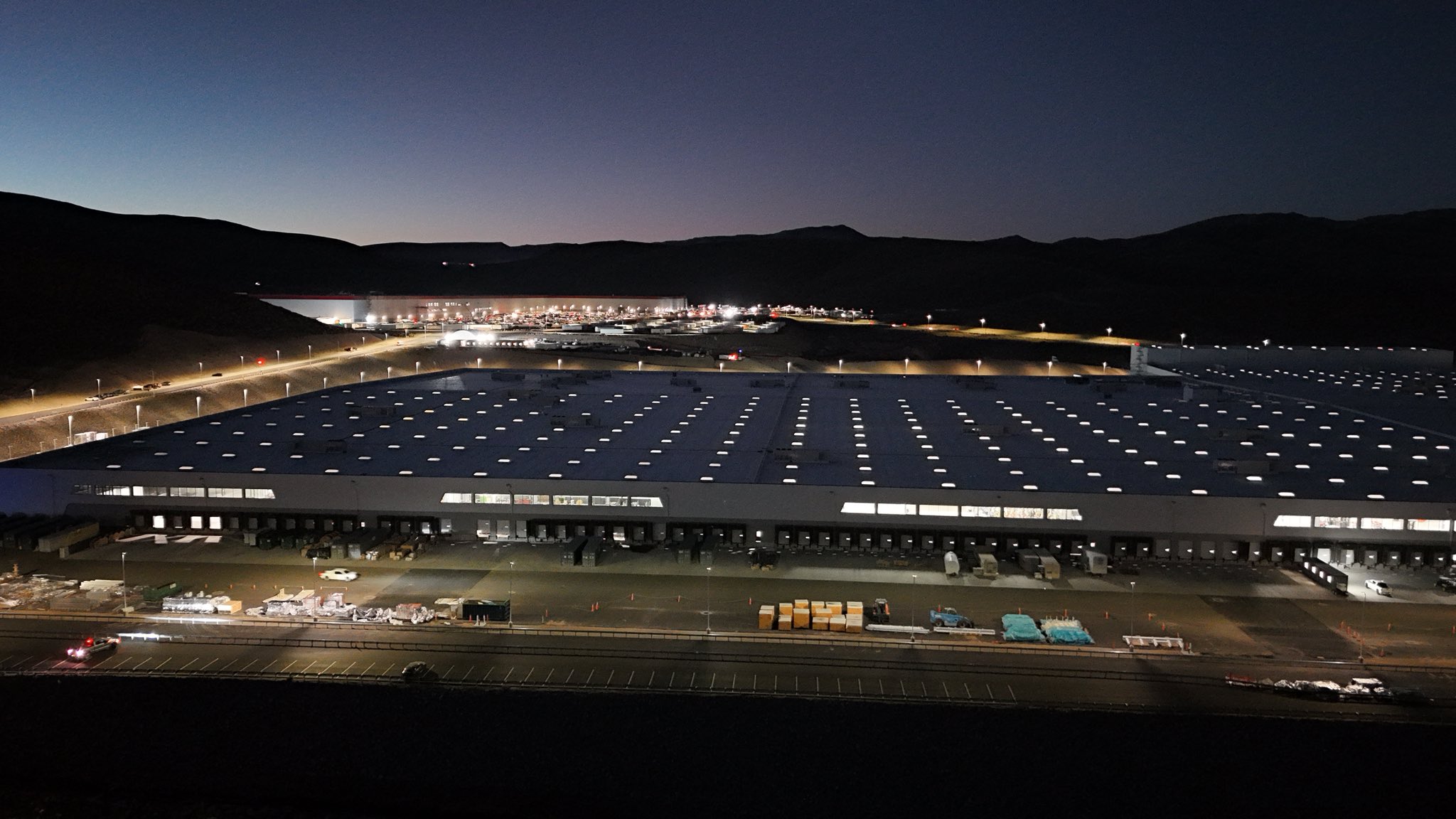
Tesla has shared a rare peek inside the factory of the Tesla Semi, which is expected to start production next year. Based on the video, it appears that work in the facility’s interior is ongoing, just as hinted at by drone flyers of the site.
Tesla Semi factory
The new video of the Tesla Semi factory, which is located close to Giga Nevada, was posted by the official Tesla account on X. While the video was short at less than 30 seconds long, it did show several parts of the factory’s interior, from its gigantic machines to its expansive space. The company also showed some initial production units of the Semi operating around the site.
Elon Musk shared a quick update on the Tesla Semi’s production at the 2025 Annual Shareholder Meeting. While addressing the company’s shareholders, Musk confirmed that production of the Semi is on track for 2026.
“Starting next year, we (will) manufacture the Tesla Semi. So this, we already have a lot of prototype Tesla Semis in operation. PepsiCo and other companies have been using the Tesla Semi for quite some time. But we will start volume production at our Northern Nevada factory in 2026,” Musk said.
Tesla Semi redesign
Apart from Elon Musk’s confirmation that the Semi will indeed enter production next year, Tesla also showed an image of the Class 8 all-electric truck’s overall look. Based on a slide that was shown during Musk’s presentation, it appears that the Semi has undergone a pretty major redesign. The redesigned Semi features updated design cues that align with the company’s current lineup.
Immediately noticeable from the Semi’s updated design is its front end, which now feature headlights that resemble the style of the Cybertruck, Cybercab, and the new Model Y. Several other changes appear designed to improve aerodynamics, with Tesla now stating that the Semi has an efficiency of 1.7 kWh per mile. Side cameras, likely for FSD, are also quite prominent on the redesigned Semi.
-

 News1 week ago
News1 week agoTesla Cybercab spotted testing on public roads for the first time
-

 Elon Musk1 week ago
Elon Musk1 week agoNeuralink’s first patient could receive an upgrade: Elon Musk
-

 Elon Musk3 days ago
Elon Musk3 days agoTesla teases new AI5 chip that will revolutionize self-driving
-
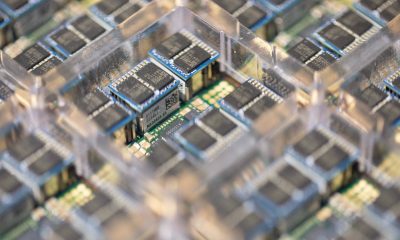
 Elon Musk5 days ago
Elon Musk5 days agoElon Musk subtly confirms one of Tesla AI8’s uses, and it’s literally out of this world
-
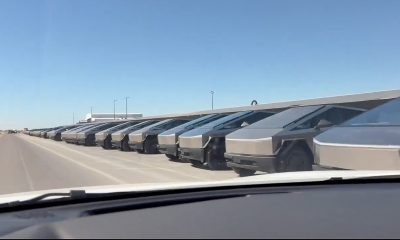
 Cybertruck5 days ago
Cybertruck5 days agoTesla Cybertruck fleet takes over at SpaceX’s Starbase
-
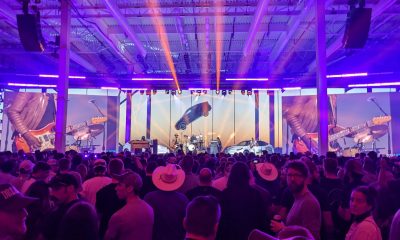
 Elon Musk2 days ago
Elon Musk2 days agoTesla 2025 Annual Shareholder Meeting: How to watch
-
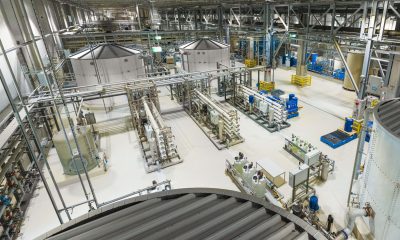
 News3 days ago
News3 days agoTesla Giga Berlin hits a sustainability milestone that’s so impressive, it sounds fake
-
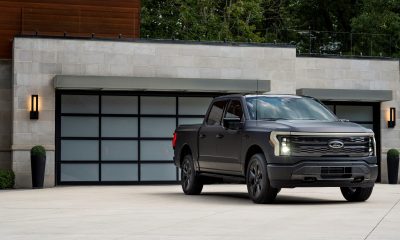
 News1 day ago
News1 day agoFord reportedly considers cancelling F-150 Lightning: ‘The demand is just not there’




